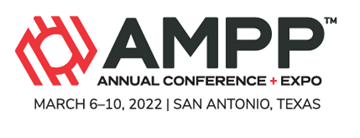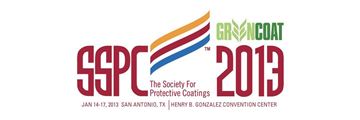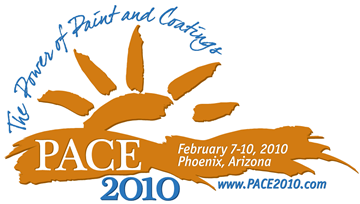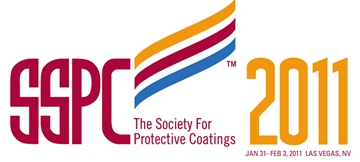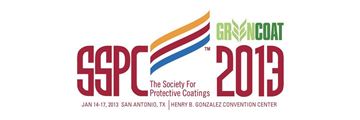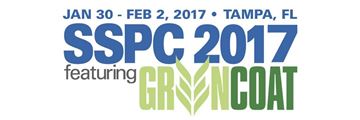Search
Coatings
View as
Sort by
Display
per page
A Study Of The Depolarization Phenomena In Soils And Remanence Of Corrosion Protection After CP Interruption
Product Number:
51322-17649-SG
Publication Date:
2022
$20.00
A Study of the Effect of Film Thickness and Blast Profile on Accelerated Underfilm Corrosion Creep
Product Number:
41213-779-SG
Publication Date:
2013
$20.00
A Study of the Robert F. Kennedy (Triborough) Bridges New York, New York
Product Number:
41210-568-SG
Publication Date:
2010
$20.00
A Study on Improving Surface Preparation Productivity Using Rectangular Blasting Nozzle
Product Number:
41216-980-SG
Publication Date:
2016
$20.00
A Study on Rapid Cure Non-Skid Coating System for Exposed Deck of the Marine Vessels
Product Number:
41211-620-SG
Publication Date:
2011
$20.00
A Theoretical Investigation On The Role Of Microstructural Particularities On The Hydrogen Embrittlement Of Nickel Alloys
Product Number:
51322-17718-SG
Publication Date:
2022
$20.00
A Total Performance Approach to Concrete Preparation for Epoxy Systems
Product Number:
41206-292-SG
Publication Date:
2006
$20.00
A Walk Through The River Of OSHA Regulations Relating To Abrasive Blasting
Product Number:
41213-745-SG
Publication Date:
2013
$20.00
Abrasive Selection Economics – Cost or Price?
Product Number:
51219-191-SG
Publication Date:
2019
$20.00
Accelerating Construction in Sewer Collection: Madison CMIC Pump Station #1 A Case Study
Product Number:
51219-226-SG
Publication Date:
2019
$20.00
Acceptance Testing for Coatings in Insulated Service
Product Number:
51217-057-SG
Publication Date:
2017
$20.00

